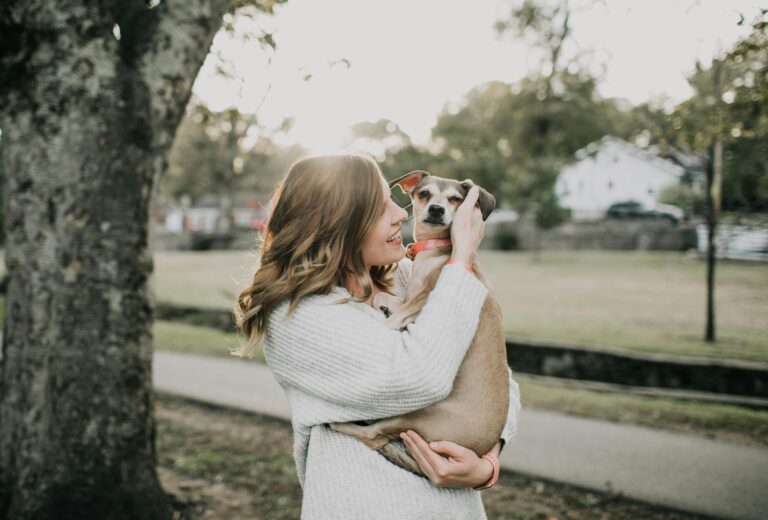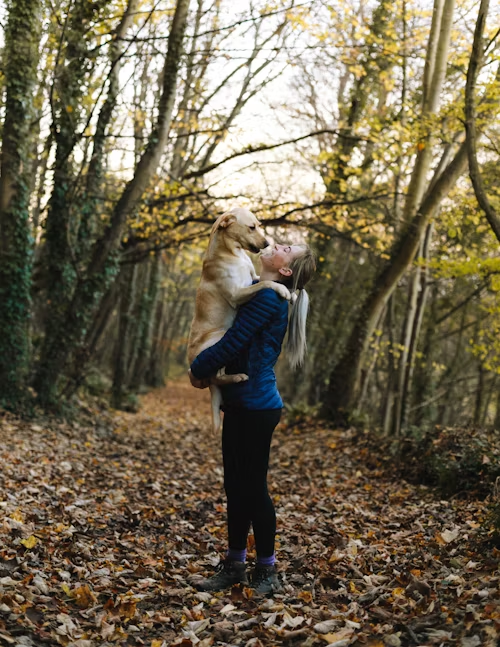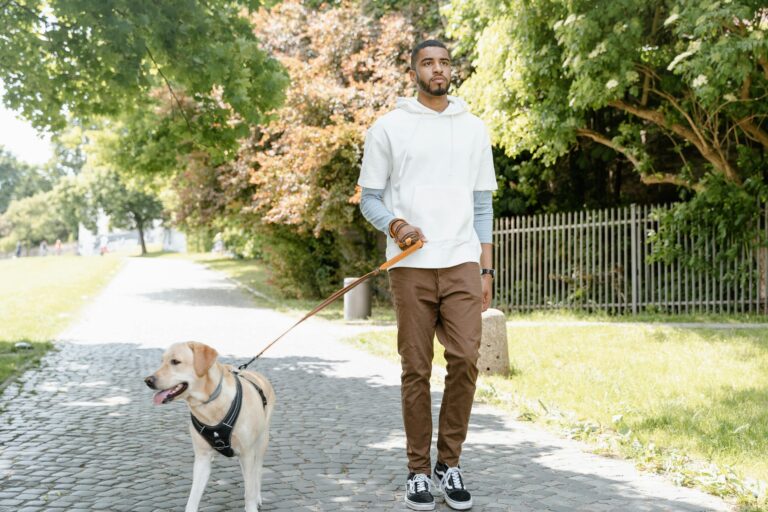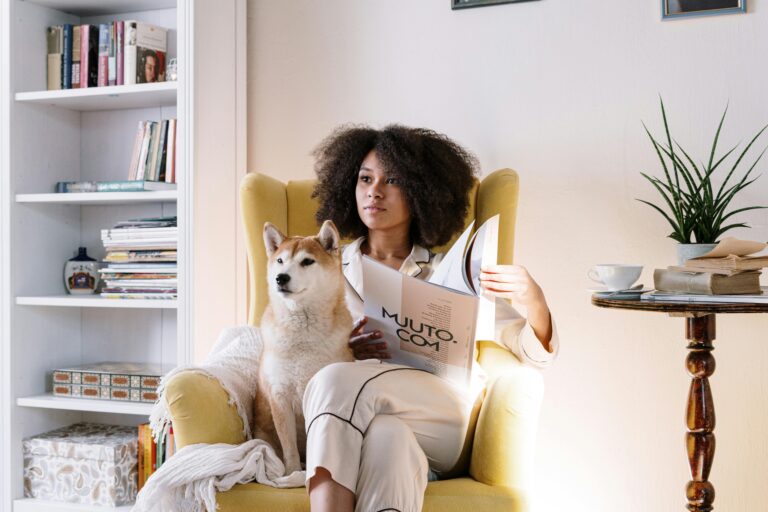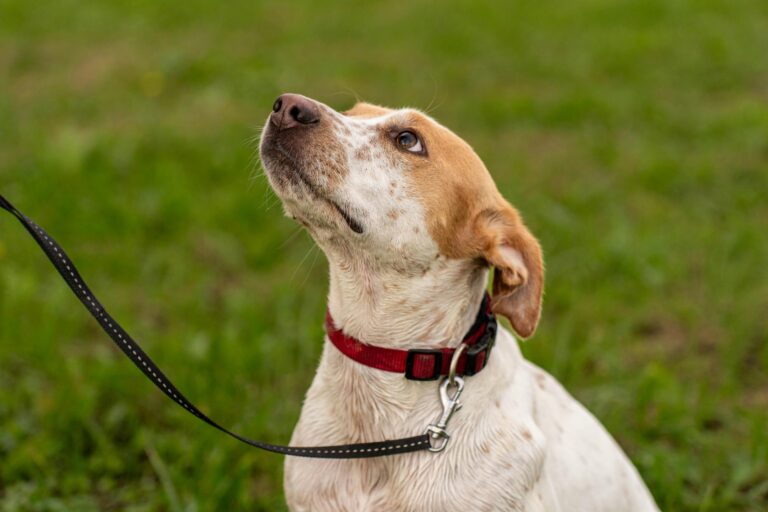Transform Your Puppy’s Touch Sensitivity: 8 Veterinarian-Approved Methods
Is your puppy flinching, pulling away, or showing signs of discomfort when you try to touch them? Touch sensitivity in puppies can be challenging, but it’s a common issue that can be effectively addressed with the right approach. The best way to help a touch-sensitive puppy is through gradual desensitization using positive reinforcement techniques approved by veterinarians. Whether it’s collar handling, paw touching, or grooming sessions, we’ll guide you through 8 proven methods to transform these challenging moments into positive experiences. As professional dog trainers, we understand the frustration and concern you might feel when your puppy shows touch sensitivity. That’s why we’ve compiled expert-backed techniques that have helped countless puppies overcome their handling fears. Ready to help your furry friend become more comfortable with touch? Let’s explore these gentle, effective methods that will strengthen your bond while building your puppy’s confidence.
Gentle Hand Targeting Technique
The gentle hand targeting technique is a fundamental training method that helps your puppy become more comfortable with touch. This approach creates positive associations with human contact while building trust and confidence.
Step-by-Step Hand Targeting Process
Start by presenting your open hand about 6 inches away from your puppy’s face. Keep your hand flat and steady, allowing your puppy to investigate at their own pace. When their wet nose makes contact with your hand, immediately mark the behavior with a click or verbal marker and reward them with a treat.
If your puppy seems hesitant, you can make your hand more enticing by rubbing a small amount of peanut butter or cream cheese on your palm. This encourages them to approach and interact with your flat hand voluntarily.
Practice this exercise in short sessions of 3-5 minutes, several times a day. Consistency is key to helping your puppy understand that touching your hand leads to positive outcomes.
Progressing with Distance and Duration
Once your puppy confidently touches your hand at close range, gradually increase the distance between you and your pet. Start by moving your hand back a few inches, then progress to arm’s length. This helps develop their targeting skills while maintaining their comfort level.
Next, work on extending the duration of contact. Begin by asking your puppy to keep their nose pressed against your hand for 1-2 seconds before marking and rewarding. Slowly increase this time to 5 seconds, then 10 seconds, always watching their body language for signs of stress.
Remember to practice hand targeting in different locations around your home. This helps your puppy generalize the behavior and become more confident with touch in various environments. Keep sessions positive and end on a successful note, even if it means taking a step back in difficulty.
Body Handling Desensitization
Systematic Touch Progression
Teaching your puppy to accept handling starts with a methodical approach to touch. Begin by introducing gentle, brief touches to less sensitive areas of your dog’s body, like their shoulders or back. Gradually work your way to more sensitive spots, always watching their reaction and respecting their comfort level.
Start with light, predictable touches lasting just a second or two. As your puppy becomes comfortable with these strange sorts of touch, slowly increase the duration. Remember to reward calm acceptance with treats and praise, creating positive associations with handling.
Incorporate different types of odd touch into your routine – gentle strokes, light pressure, and circular motions. This variety helps your puppy understand that different handling sensations are safe and normal. Practice these touches during calm moments, like when your puppy is relaxed or slightly sleepy.
Professional Handling Preparation
Preparing your puppy for veterinary visits and grooming sessions requires specific handling exercises. Focus on areas that professionals commonly need to examine, such as between toes, under the tail, and around the ears. These are typically more challenging spots where your dog’s body might be more reactive.
Create mock examination scenarios at home. Practice lifting your puppy’s lips to check teeth, touching their paws as a groomer would, and handling their ears like a vet during check-ups. Keep sessions short and positive, always ending on a successful note.
Incorporate handling exercises into daily activities like feeding or play sessions. This helps your puppy associate professional-style handling with everyday life rather than viewing it as something unusual or threatening. Remember to maintain a calm, confident demeanor during these practice sessions.
Addressing Common Challenges
Overcoming Fear and Anxiety
Working with an anxious dog or shy dog requires patience and understanding. Many puppies develop touch sensitivity due to a lack of exposure during their critical socialization period. Start by creating a calm, quiet environment where your puppy feels safe and secure.
Use gentle, predictable movements and avoid forcing interactions. Let your puppy set the pace and always watch for stress signals like lip licking, yawning, or turning away. If you notice these signs, take a step back and give them space.
For a reactive dog, consider implementing counter-conditioning techniques. Pair brief, gentle touches with high-value treats to create positive associations. Keep sessions short – just 2-3 minutes at first – to prevent overwhelming your puppy.
Managing Setbacks
Setbacks are a normal part of the training process, especially when working with touch sensitivity. If your puppy suddenly becomes more resistant to handling, evaluate recent experiences that might have triggered the regression.
Sometimes, environmental factors like loud noises or unfamiliar situations can impact progress. Return to easier exercises where your puppy feels confident, and gradually work back up to more challenging interactions.
Remember that consistency is key. Maintain regular, short training sessions even when facing difficulties. Involve all family members in the training process, ensuring everyone uses the same gentle approach and rewards system.
If your puppy shows extreme anxiety or fear despite your best efforts, consider consulting a professional trainer or behaviorist who specializes in working with sensitive dogs. They can provide personalized strategies based on your puppy’s specific needs.
A well-behaved dog starts with the right training—and the right trainer. At Off Leash K9 Training in Pittsburgh, we don’t just teach commands—we build relationships. Our expert trainers focus on helping your dog achieve calm, obedient behavior both on and off leash. Whether you need help with leash pulling, barking, reactivity, or basic manners, we customize each program to meet your goals. Your dog deserves the best, and so do you. Take the first step toward better behavior by calling us today at (724) 761-2001.




